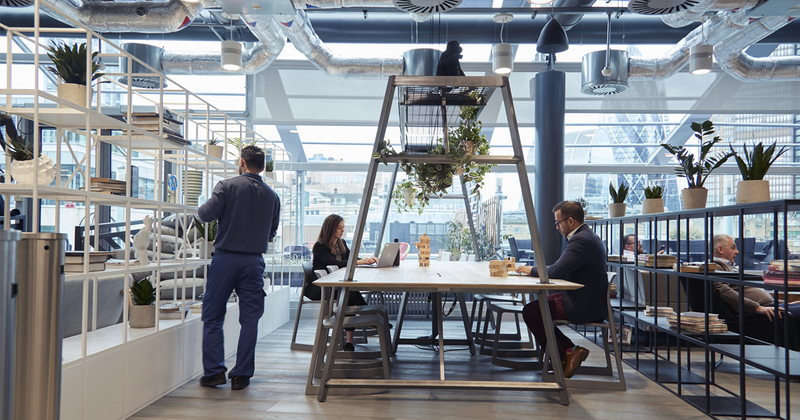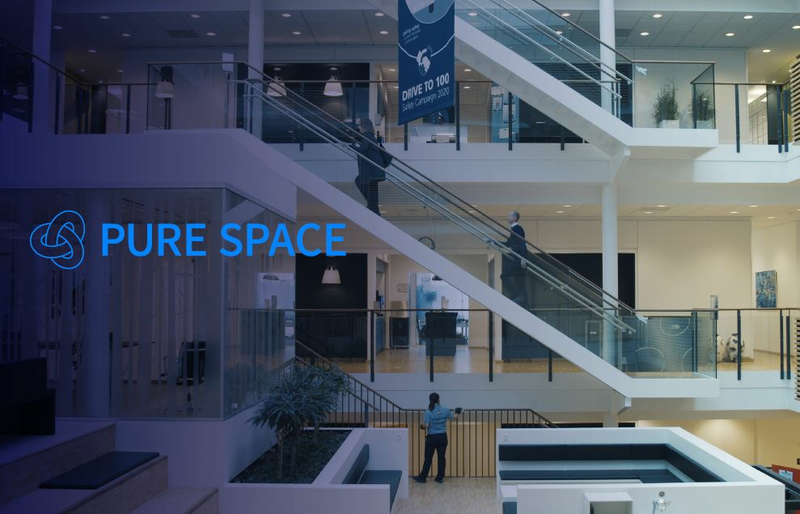UK BLOG
Why we still need the office workplace

Where homeworking before COVID-19 was characterised as being an employee benefit for work-life balance, there’s no doubt that homeworking will cement itself as an alternative to office working and employees will have the choice of where to work to best suit their day.

PURE SPACE
Cleanliness and sanitation
The COVID-19 pandemic has significantly disrupted the way people work and live. ‘Social distancing’ has now become synonymous with ‘safety’. PURE SPACE which has been launched by ISS aims to help employees reconnect with their work environments by ensuring a hygienic, safe place to work. It is designed to repair the disruption, so employees can feel they are returning to a safe working environment.
There’s no doubt that we will also see a marked increase in contactless sanitiser stations at building entrances/exits and near eating areas. Although this is a small adaptation (and something that has already been widely adopted), there is still a need to integrate these highly visible and safe working practices effectively in the workplace.